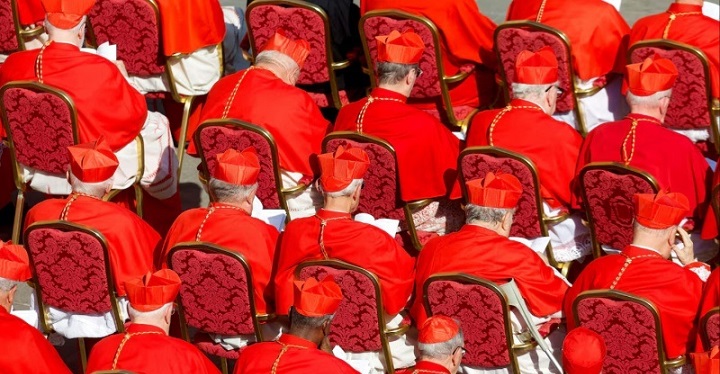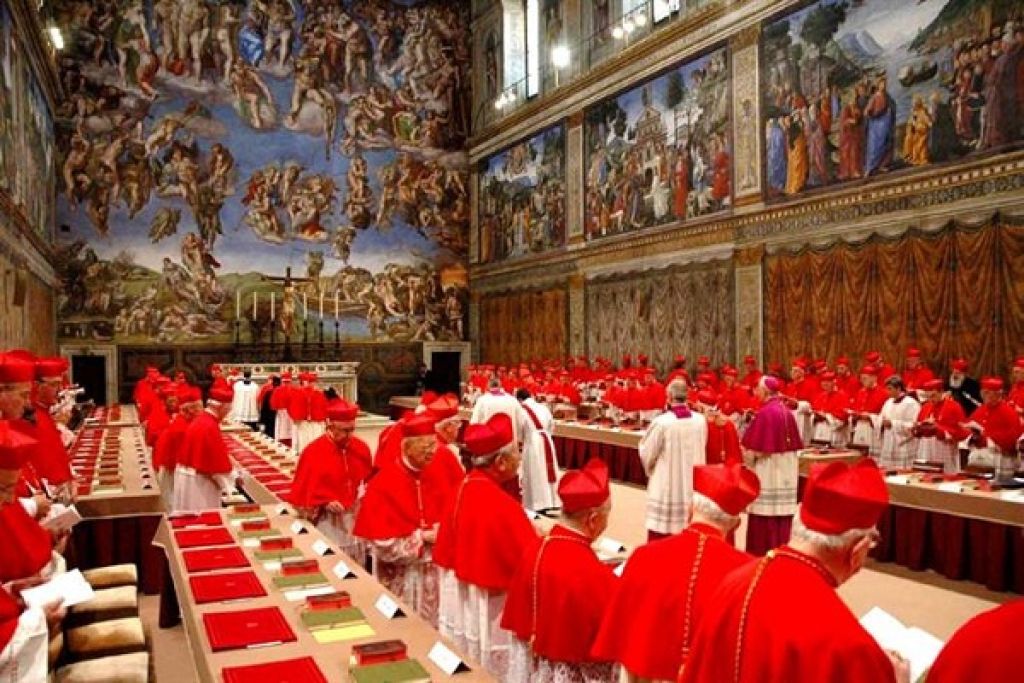LONDON/BERLIN (Reuters) – An attempt to oust British Prime Minister Theresa May gathered pace on Tuesday, a day after her decision to delay a vote in parliament on her Brexit deal for fear of a rout angered many in her Conservative Party.
With May on a tour of European capitals to try to secure “reassurances” to calm the crisis at home, the BBC and other media cited sources as saying the required number of letters from Conservative lawmakers calling for a no-confidence vote in her leadership of the party had been met.
Only one member of the party knows how many lawmakers have submitted their letters – but her position looked more precarious than ever.
With less than four months left until the United Kingdom is due to leave the EU on March 29, May’s premiership and her deal to stave off a disorderly departure or a bid to stop Brexit are hanging by a thread.
If she is toppled — and it is far from certain that she would lose a vote among all the party’s members of parliament — — could further complicate Brexit.
The BBC cited multiple sources as saying the required 48 letters had been reached.
The chairman of the party’s 1922 committee of backbench lawmakers, Graham Brady, asked to see May on Wednesday after her weekly question session in parliament, BBC political editor Laura Kuenssberg tweeted.
Her chief whip, or party enforcer, entered her Downing Street residence on Tuesday night.
Lawmaker Andrew Bridgen, a critic of May, said he believed Conservative members of parliament would vote on her leadership at the first opportunity, which could be on Wednesday night.
May’s postponement of the vote on her deal to maintain close ties with the EU after leaving in March infuriated lawmakers on all sides of the debate – from hardline Brexit supporters to those who want to remain in the EU.
TOUR OF CAPITALS
Acknowledging that she faced “significant losses” if she asked parliament to vote on Tuesday, May had said she would try to ease lawmakers’ concerns, particularly over the so-called Northern Irish “backstop”.
That took her on a tour of EU capitals on Tuesday. But there little sign that she might be able to do away with the backstop, a guarantee that there will be no return to a hard border between the British province of Northern Ireland and EU member Ireland after Brexit.
Her former Brexit minister, David Davis, wrote in the Telegraph newspaper that “the prime minister’s latest ploy of looking for more fudge with which to buy off the House of Commons will not work”.
He instead urged a change of strategy – rip up her deal and pursue a free trade deal similar to one that the EU has with Canada.
“So now is the moment to seize control and deliver our own destiny,” he wrote. “We are crying out for leadership and direction. Kicking the can down the road is not a strategy, it’s a delaying tactic.”
The message from the EU was also clear: It could give legally-binding assurances about how it interprets the exit treaty, but would not countenance reopening the text itself.
Donald Tusk, who will chair an EU summit in Brussels on Thursday and Friday, tweeted after talking to May: “Clear that EU 27 wants to help. The question is how.”
Two sources said Merkel had told her own German conservative parliamentary group there would be no more negotiations, but efforts were being made to give Britain reassurances.
May told Merkel that it was in nobody’s interest for Britain to leave with no accord, the sources said.
“NO ROOM FOR RENEGOTIATION”
European Commission head Jean-Claude Juncker said: “The deal we achieved is the best possible. It’s the only deal possible. There is no room whatsoever for renegotiation …
“But of course there is room enough to give further clarifications and further interpretations without opening the withdrawal agreement.”
May’s team has continued working to try to get the vote through, with her ministers telling parliament that it will get its vote before Jan. 21.
The pound, which has lost 25 cents against the U.S. dollar since the 2016 referendum, fell again amid the reports that May would face a leadership challenge.
The biggest obstacle to approval remains the Irish backstop.
May’s critics say it could leave Britain subject to EU rules indefinitely. The EU has said neither side wants the backstop to take effect, but it has to be part of the deal just in case.
With little hope of scrapping it, the options open to Britain range from a chaotic no-deal Brexit to risking the wrath of Brexit backers by calling the whole thing off.
Both May’s Conservatives and the main opposition Labour Party have pledged to implement the result of the 2016 referendum, in which Britons voted narrowly to leave the EU.
But more and more backbench lawmakers, along with three of four living ex-premiers, say the only option may be a new referendum with an option to stay. The EU’s top court ruled this week that Britain could abandon Brexit with no consequences up until the moment it finally leaves.
Former prime minister John Major, who also faced a Conservative revolt over Europe in the 1990s, said Britain must revoke its divorce notice immediately.
“It’s clear we now need the most precious commodity of all: time. Time for serious and profound reflection by both parliament and people.”
Additional reporting by Michael Holden, Kate Holton, Elizabeth Piper, Andrew MacAskill, Jan Strupczewski and Gabriela Baczynska; Writing by Guy Faulconbridge and Elizabeth Piper; Editing by Peter Graff, Andrew Heavens, Richard Balmforth, Kevin Liffey, Gareth Jones






Leave a Reply